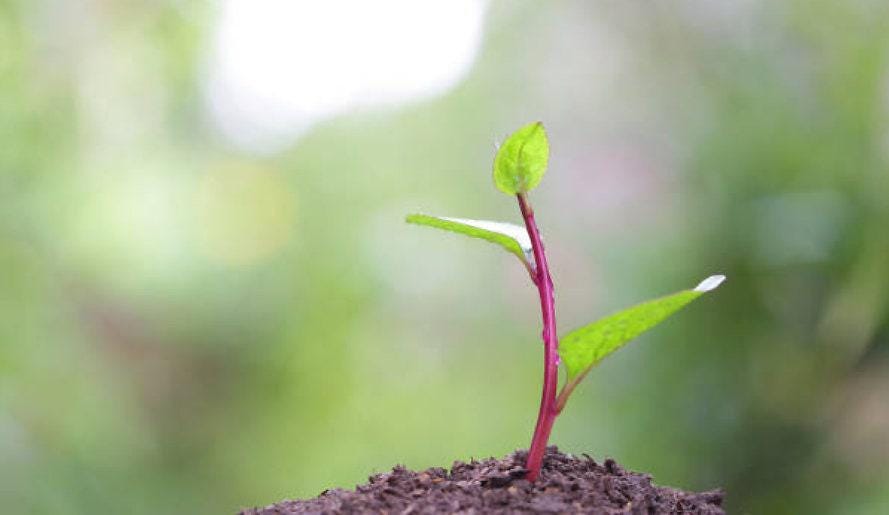This beautiful heat loving fast-growing edible ornamental is a soft-stemmed, twining vine that can grow up to 10 feet long as an annual (longer as a perennial) but generally remains smaller in most gardens. Easy to grow, versatile in the kitchen, and delicious to eat, this vigorous vine is unrelated to true spinach (Spinacia oleracea) but produces abundant large meaty leaves that are remarkably spinach like in taste and form. Great in salads, stir-fries and perfect for smoothies. The plant is also much better suited for summer growing than its better-known namesake. Can be grown as an annual in many areas or as a perennial in sub-tropical areas. Not frost hardy.
Grow Malabar spinach in full sun. It does best in fertile, moist but well drained soils. Provide consistent moisture through the season, as the plants tend to go to flower if the soil gets too dry. Although the plants can be allowed to ramble or climb other vegetation, they are best grown on a sturdy trellis when grown as a vegetable. The vines are quite attractive.
~ planting ~
*Soak seeds 24-48 hours
******Soil temp needs to be warm for seeds to sprout. It is highly recommended you use a seedling heat mat to aid in germination*******
In USDA zones 7 or warmer, plant seeds ¼” deep and 12” apart when soil temperatures reach 65℉ – 85℉.
Malabar spinach is a tropical plant and needs consistent moisture throughout the growing season. For best flavor keep soil evenly moist.
Basella alba prefers a humus-rich, sandy loam in full sun. Seeds can be sown in situ after all danger of frost has passed, or they can be started indoors eight weeks before the last frost date, hardened off outside, and transplanted one foot apart. Use any style of plant support you prefer: poles, teepees, chain-link fencing
~ growing ~
Malabar loves the summer and will flourish in heat and humidity.
In the warmest areas of the low desert, it may need water every day. Malabar spinach will go to flower and set seed (which can make it bitter) if it doesn’t receive enough moisture.
In warm areas, vines often reach 10 to 20 feet or longer. Although they can be left to sprawl on the ground, the vines are best grown on a sturdy trellis. The vine is highly ornamental, and is a beautiful and tasty addition to a garden arch, trellis or even a ladder.
In Zone 7 and warmer, direct seed 2 to 3 weeks after last frost date. In colder areas or to get an earlier crop, start seeds inside about 6 weeks before last frost.
Scarify seed (use a file, sharp knife or sandpaper to carefully cut through the tough seed coat) to speed germination, which may take 3 weeks or more.
Wait until soil has warmed and all danger of frost has passed before transplanting -- at least 2 to 3 weeks after last frost date. Space transplants about 12 inches apart.
Well-adapted to high temperatures, even into the 90s F. But growth is disappointing when temperatures stay below 80 F. Requires consistent moisture to keep from flowering, which causes bitterness in leaves.
~ harvesting ~
Harvest the leaves at any point during the growing season once the vines have at least 8-10 leaves. Cut leaves from the outside first, being sure to leave at least 6 leaves to allow the plant to grow.
For longer vines, allow individual Malabar spinach vines to get longer before harvesting. To encourage branching and a bushier plant, cut back stems earlier. Malabar spinach is best enjoyed soon after harvesting, and does not store well.



















